This article contains major spoilers for Madoka Magica and Madoka Magica the Movie: Rebellion.
Summary
- Madoka Magica had a significant influence on the magical girl genre in the 2010s.
- The sequel movie, Rebellion, left many fans disappointed with its ending.
- Rebellion delves into Homura’s complex actions to prevent a catastrophe and sets up a potentially unsettling future in the story.
Puella Magi Madoka Magica was one of the biggest anime hits of the 2010s. It brought the magical girl genre to the center of commercial attention once again, and spawned several spin-offs and media, and probably was a huge influence on magical girls titles released a few years later, like Yuki Yuna is a Hero (wrongfully described by some as a “Madoka rip-off”). We could say Madoka Magica had a similar impact on the genre as Sailor Moon did decades prior.
When the sequel movie Madoka Magica the Movie: Rebellion was announced, some fans were surprised as they thought the series had got a fair definitive finale. When the movie came out, a lot of people were disappointed with the ending. But what exactly happens at the end of Rebellion? This movie might be hard to understand, especially for those watching it for the first time, since too many confusing things happen at the same time.
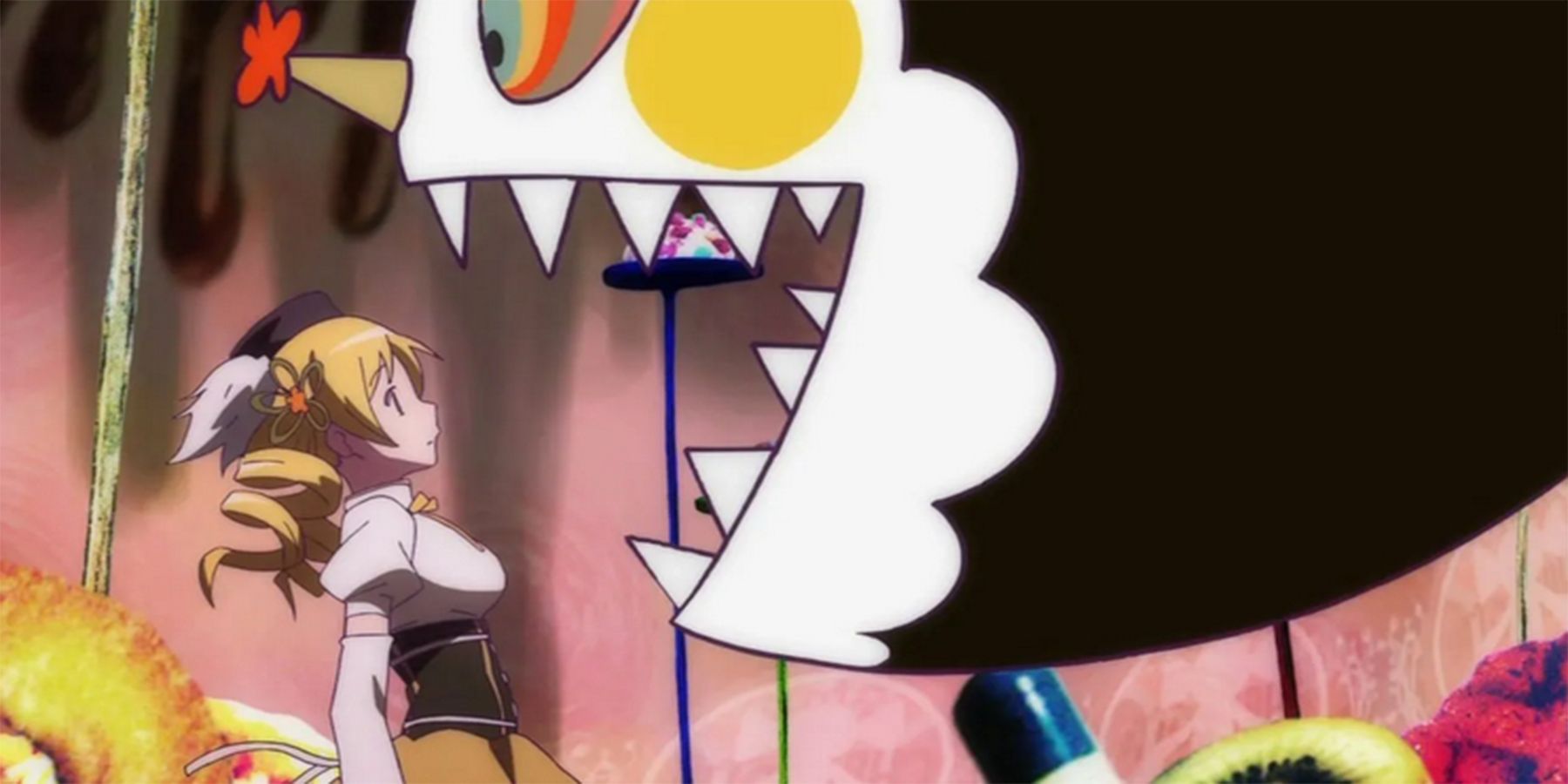
Related
Madoka Magica: Peak Existential Horror
Madoka Magica tells a great coming-of-age story while utilizing some unique existential horror elements.
Understanding the TV Series
To understand Rebellion, we need to first understand what happens in the TV series. In short, there are these creatures called incubators (the cute “Kyubey”) who take advantage of mostly vulnerable young girls (emotionally, financially or any other possible vulnerability) to make them sign magical contracts that grant them a wish and incredible powers. After signing the contract, they must fight “witches” who build their own “witch labyrinths”. This all seems a good idea for most girls, who then see themselves as heroines protecting humanity, but there is a catch (or several catches), and they’re never informed of that. First, this is a contract in which they give their souls, which will then be separated from their bodies and put into a gem (the Soul Gem). Second, once their souls get too “corrupted” by bad feelings, they will go into irreversible despair and become the witches they hunt.
We learn this all while seeing the painful experiences of the main characters of the series, and how becoming a magical girl is dangerous and painful. This shifts the tone of the narrative, which starts seemingly gleeful. Not only that, but at the beginning, we are supposed to expect the point at which Madoka will become a magical girl. When we start hoping for her to not do it at all, that’s when she does it.
But Madoka is no simple girl. First, different from all her magical peers, she is actually not vulnerable. She is shy and a bit insecure, but not vulnerable at all. Despite that, Kuybey feels an immense “karmic destiny” around her. In the series, karmic destinies are usually associated with tragedies, and the more a girl has karmic destiny, the more powerful she will be as both a magical girl and a witch. Incubators engage in this to maintain the universe’s energetic balance through the karmic energy released when a witch dies in despair (which means they want girls to become magical girls so they can die releasing this energy).
With Madoka’s abnormally high karmic, she can make a huge wish. And she wishes for magical girls to not end in despair. In this process, she looses her human body and becomes a being who absorbs magical girls’ souls when they are about to become witches. With that wish, Madoka is also able to kill her own despair/witch form. This wish actually requires the whole universe to be rewritten, because now there has always been this “energy” that “saves” dying magical girls. Madoka is then called the Law of Cycles, and she is seen as a goddess.
In this new universe, incubators do not remember the previous reality. Not only that but since the universe functions differently now, their approach to convincing girls to make contracts is slightly different. Also, as witches don’t exist anymore, the magical girls fight other, seemingly weaker, beings related to negative feelings.
Then What About Akemi Homura?
There was a magical girl who watched Madoka becoming a goddess, and that’s someone related to her karmic destiny, Homura Akemi, a magical girl who desperately tries to prevent Madoka from making a contract with Kuybey. She seems to be the main antagonist for a good portion of the TV series, but we later learn that Homura already knows the truth behind magical girls because she is a time-traveler. In her original timeline, Madoka, her only friend (and honestly her crush), died defeating the Walpurgisnacht, the most powerful witch we know in the series (it is not clear what exactly is Walpurgis, but apparently she absorbs other witches’ powers).
Homura’s wish was to go back in time and be able to prevent Madoka from dying. In one of the earlier timelines, a dying Madoka asks Homura to prevent her from becoming a magical girl. Homura takes this as a mission. But she fails it hard everytime, and starts trying different approaches, even acting in a “colder” way. She isn’t aware of it, but the fact that she travels through time with the objective of saving Madoka adds to Madoka’s karmic destiny each time, making Kuybey want even more to convince Madoka to sign a contract.
After Madoka rewrote the universe, Homura decides to live protecting Madoka’s wish for a better world, and eventually die properly and be absorbed into the Law of Cycles. The problem is that she tells Kuybey what she remembers from the old universe.
But Where Is the Rebellion Here?
Rebellion is an interesting experience. It starts giving us everything we wanted in the series. All five main magical girls fight together against monsters, like a Sailor Moon squadron. But it’s all so wrong because it doesn’t seem to make any sense considering how the series ended.
Then we start learning things. They are all inside a witch, even though there should be no witches at all. Homura, as the only one who should remember there used to be witches, is mad about it. Madoka sacrificed herself in order to kill the witches. She won’t forgive whoever is mocking Madoka’s actions. Later, she discovers that the witch is herself.
When she was about to despair, Kyubey locked her to try to see if they could grasp the Law of Cycles. And this made Madoka find a way to enter Homura’s witch labyrinth in a human, powerless form. Homura’s labyrinth is very different from the one we see in the TV series, and she intends no harm to the people inside it, and everyone seems happy. Her witch part only starts to feel annoyed when the magical girl part of Homura tries to investigate and solve the mystery. We must remember labyrinths are probably tied to girls’ feelings, so we can imagine this labyrinth actually portrays the reality Homura wants to live in.
Since Madoka seems to be just as regular as the other girls, Kyubey is disappointed and tries to convince Homura to start taking some action to free Madoka. She doesn’t want to do it, but Madoka had actually made plans in advance to free Homura from her labyrinth and later save her. The thing is, when she is about to absorb Homura into the Law of Cycles, Homura actually catches her, dividing her into two. Now there’s the human Madoka, who is living normally, and the goddess Madoka, who is trapped inside Homura’s Soul Gem or something like that.
There are two key scenes to understand Homura’s action at this point. One is the scene in which, already knowing she is in her own labyrinth, she tells Madoka she had a dream (her “dream” was what happened at the end of the TV series) and Madoka replies she would never be able to stand not living with her family and friends anymore, that it would be a huge sacrifice. As this is the real Madoka in a way, Homura likely takes it as a sign that deep inside Madoka regrets becoming the Law of Cycles. So she is releasing the human Madoka from the role and granting her the life she didn’t want to give up.
The other scene is when she learns this was all arranged by the incubators and that they’ve been trying to gather information on the Law of Cycles. This makes Homura realize incubators are still a threat and the Madoka might not be invincible. So she’s now in charge to also address this issue and to avoid any further exposition of the Law of Cycles.
In this process, the universe is once again rewritten. But the reality Homura creates is clearly unstable and unsustainable (even though everyone else seems happy enough). And that’s what makes us feel uneasy by the end of the movie: it’s clear something bad is going to happen, but that’s all we know. The story is over, but clearly demads a sequel.
Homura Is Right, But Maybe Writing with Crooked Lines
Many people conclude that Homura “ruined” the ending by not letting Madoka “save” her. But that might be misreading what the plot had built up to that point. When Kyubey reveals their plan to her, Homura learns that not only the incubators will keep trying to understand and control Madoka/Law of Cycles, but also that she is partially responsible for exposing Madoka, which in her mind probably is taken as a full responsibility. She will do everything she can to amend it, because if the incubators are ever able to control Madoka, they will nulify her wish, which leads to the interesting question of what would Madoka become if what she wished for was reversed. She would probably despair hard (maybe she has some relation to Walpurgis, although Walpurgis’ themes seem closer to Homura).
What Homura is doing, at least in her mind, is trying to prevent a catastrophe worse than the one she is leading the universe to. And, of course, since it’s Homura we’re talking about, she would do it in a way Madoka could still live the normal life she sacrificed. She is not exactly rebelling against Madoka, but to everyone else that’s what it seems.
When asked by Kyubey what she has become, she replies she is now a “devil” or “demon” (the word she uses in Japanese is “akuma”, which does not necessarily mean devil in the Christian way but is related to the idea of evil spirits). But it’s interesting to see how she actually reaches this conclusion: she states that if Madoka is a goddess, and she is opposing Madoka’s will, she can only be a “devil”. The catch here is that she is not describing herself as a demon from a good vs evil perspective, neither affirming she is evil, but putting it from a technical approach, which is more related to her being seen as evil (since Madoka represents the opposite of she has become), and not being evil herself. But it also makes it clear that Homura does deem her actions as sinful, since she is defying not only a goddess, but also the person she most loves.
This is probably what Homura is talking about when she states that she is doing it for love, a feeling that makes her able to endure any suffering. She loves Madoka so much that she will seemginly oppose her in order to prevent incubators of trying anything else regarding the Law of Cycles. If that means she will be deemed evil, then she accepts to play this part. She likely exaggerates a lot here, and we must take her words with a grain of salt, since Homura has learned well to lie and hide her intentions when she thinks that it’s necessary for the greater good.
What’s Next for the Story Now?
The sequel, Walpurgisnacht: Rising, is slated for Winter 2025 (it was first announced for 2024 then postponed). As we’ve seen, despite Madoka being able to end the tragedy of a magical girl dying in despair, incubators are still out there exploring young girls’ vulnerabilities. The new reality created by Homura also seems to be on the verge of collapsing.
Walpurgisnacht Rising will likely address this unstable world and the title suggests it will once again put Walpurgis at the center of the story. While unstable, Homura’s universe doesn’t seem to have space for witches, since the magical girls are all inside her now. But that might be the catch. If Homura is holding all the souls the former Law of Cycles has absorbed, does it mean she can become Walpurgis at some point in the movie? That’s something we will have to wait and see.
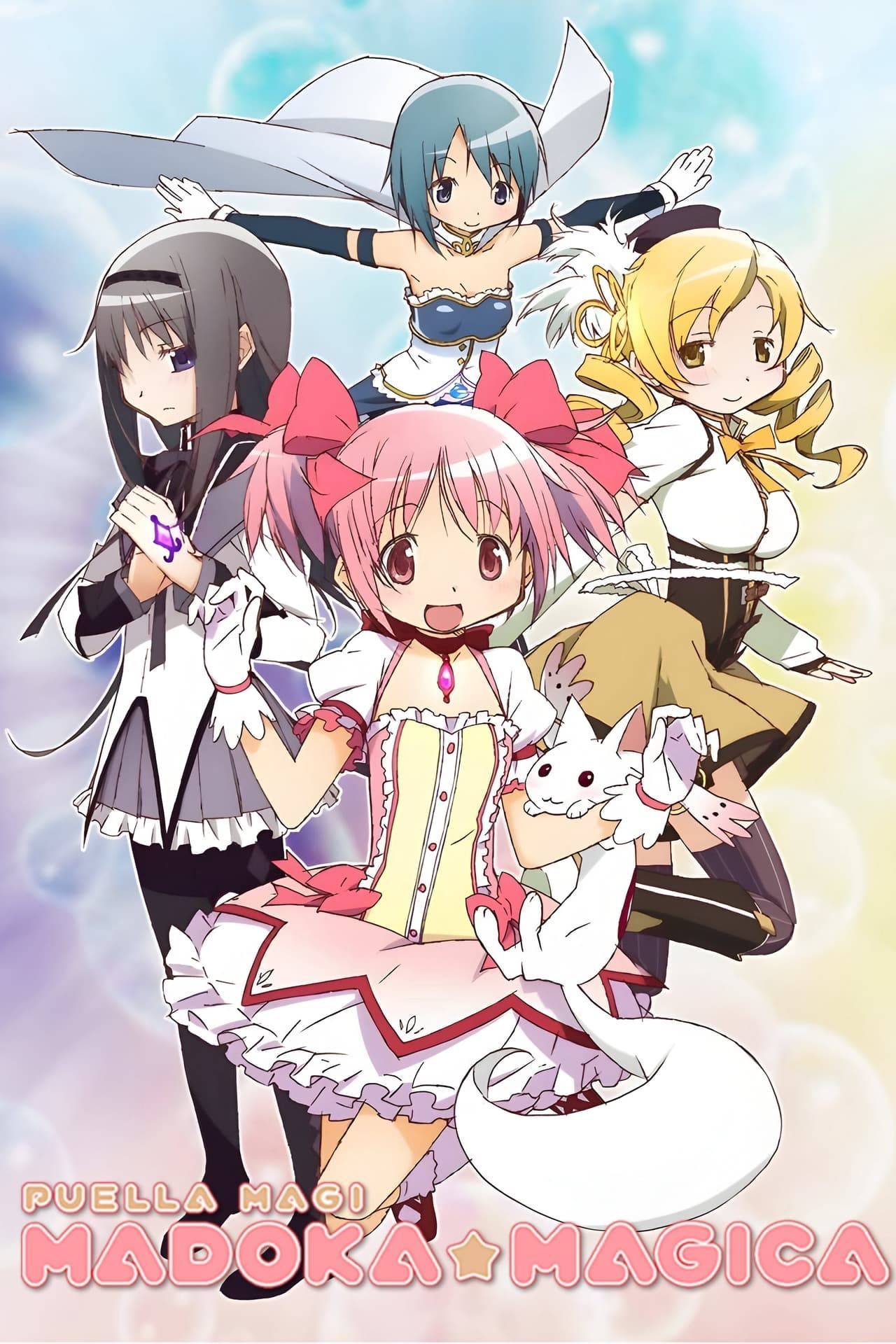
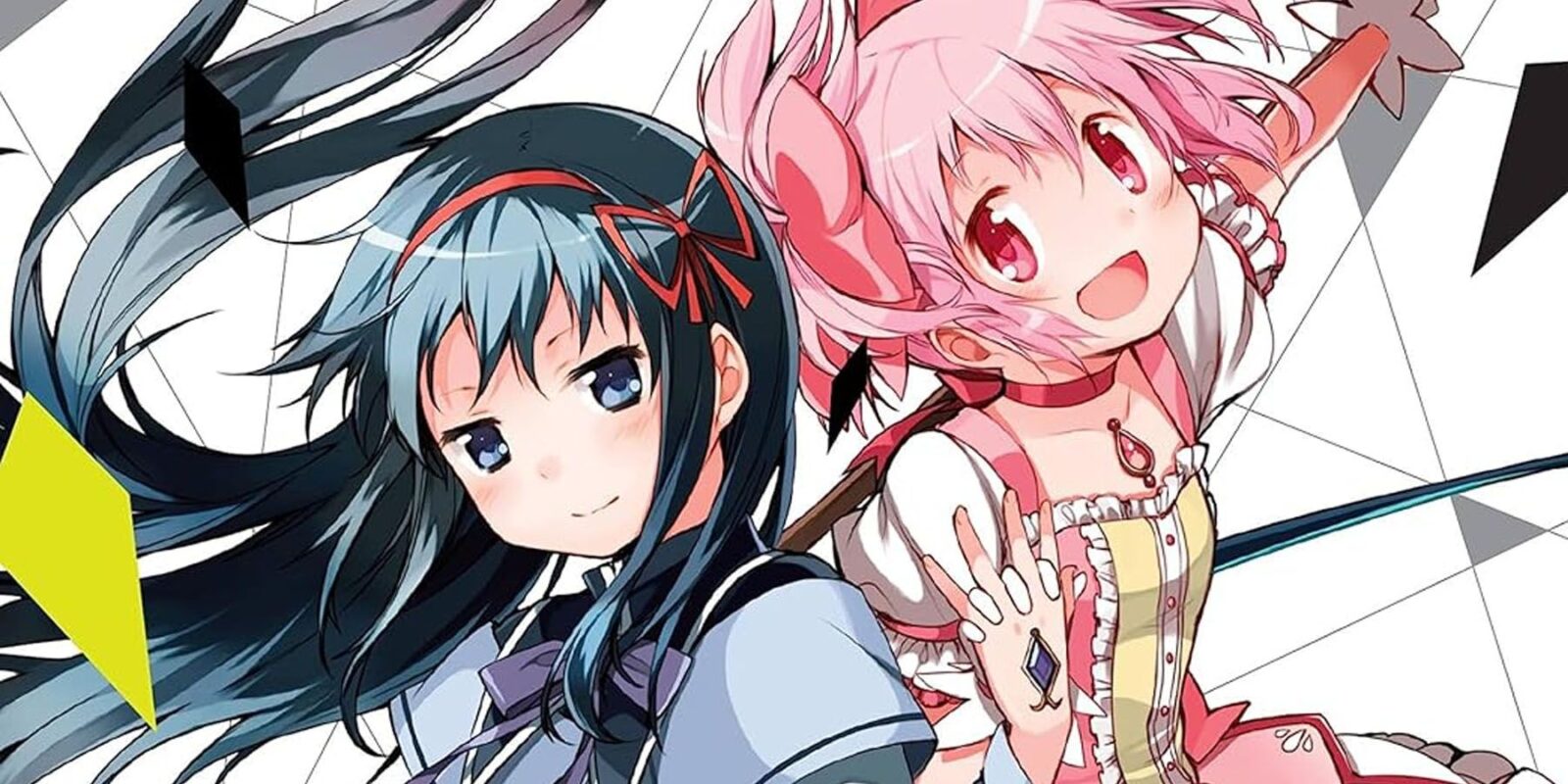
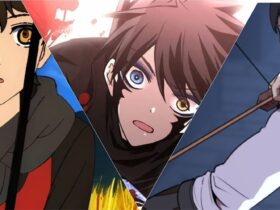
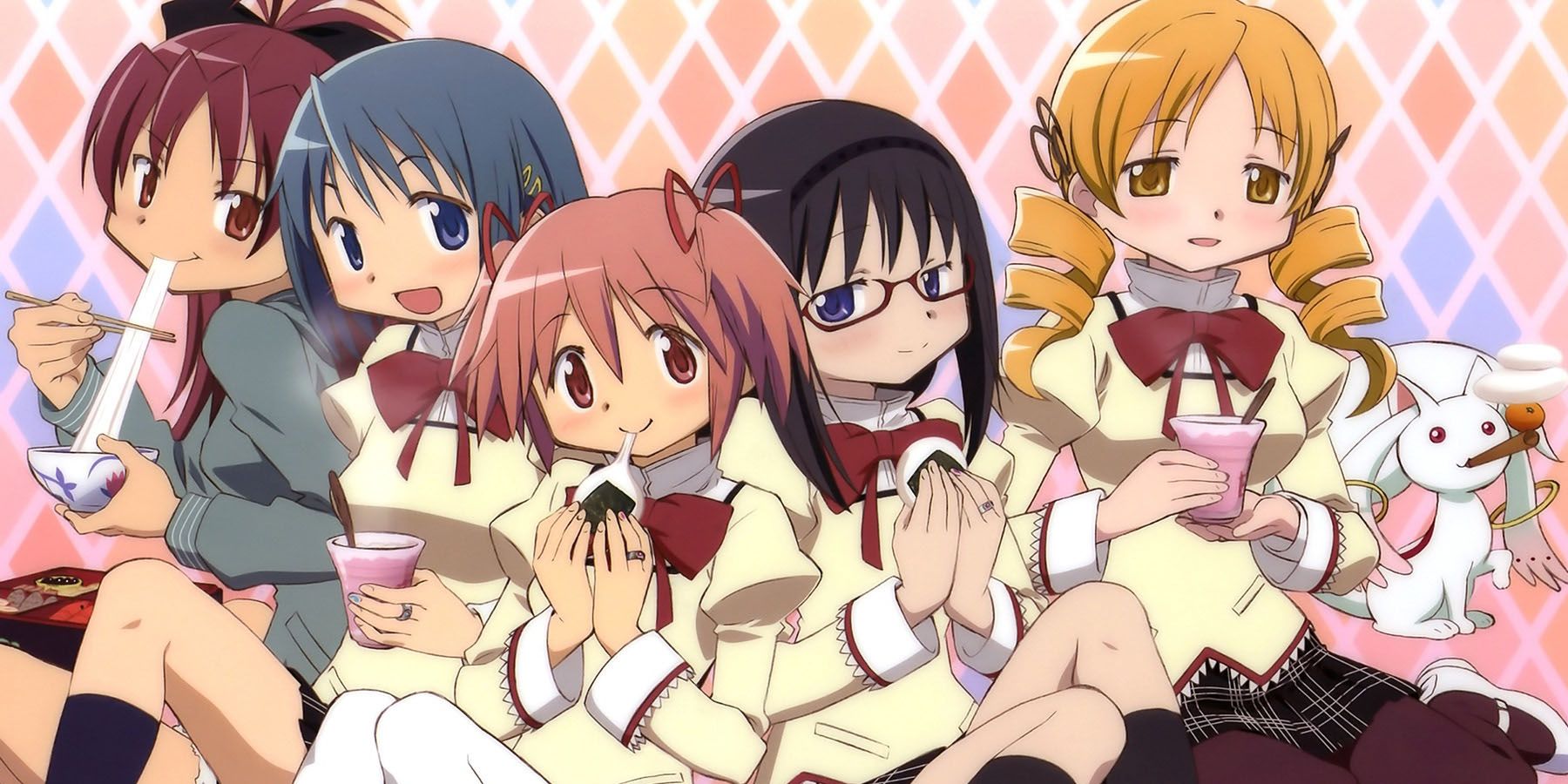
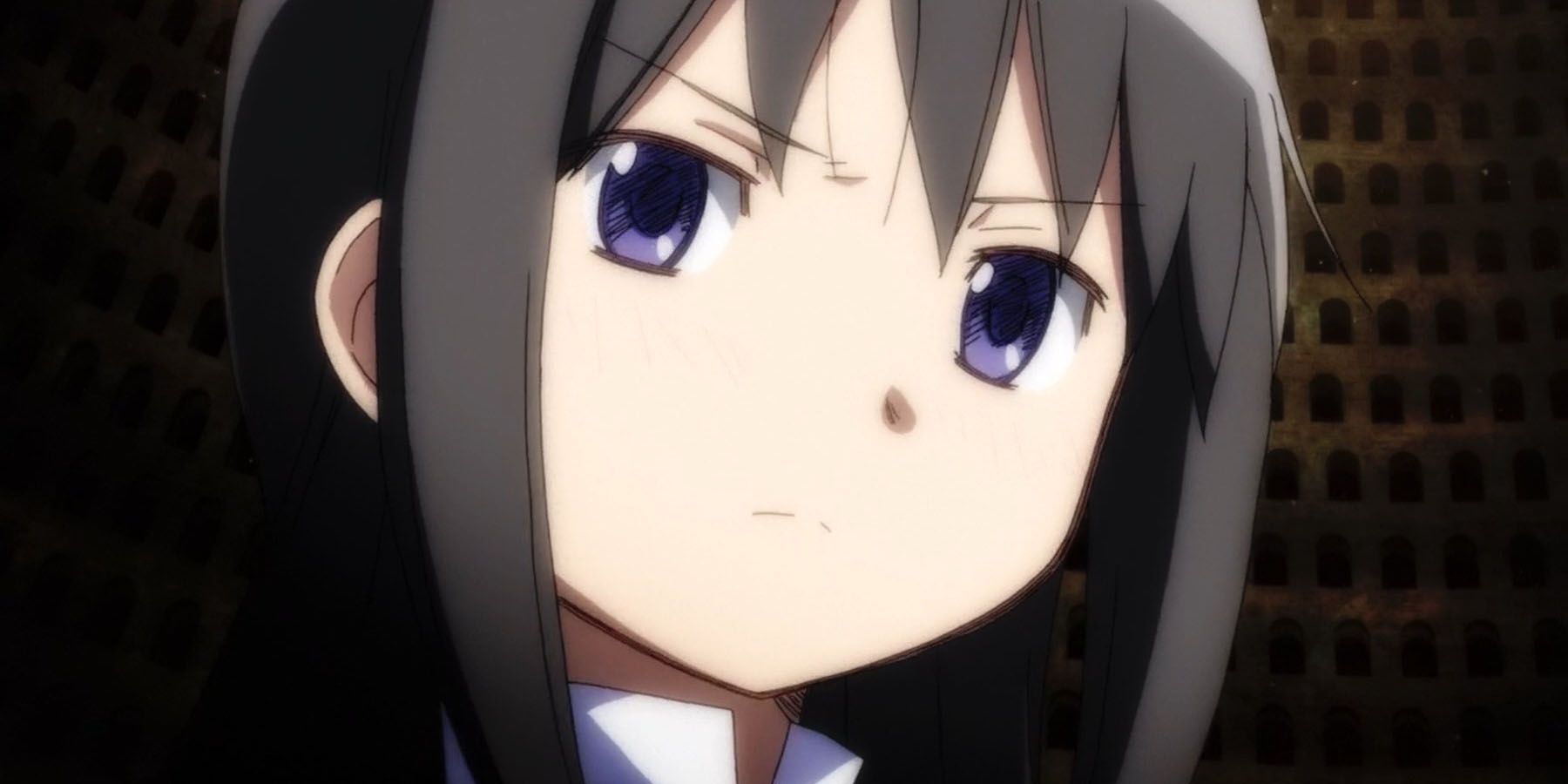
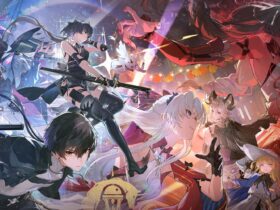
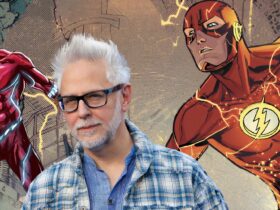
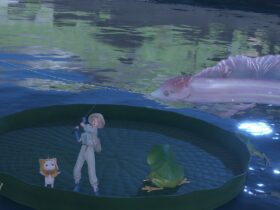
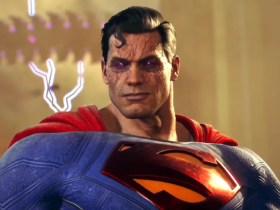
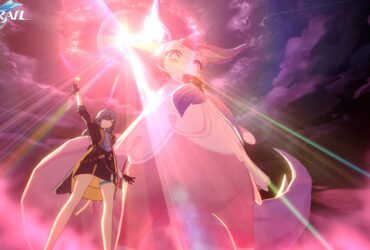
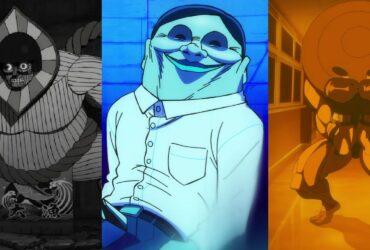
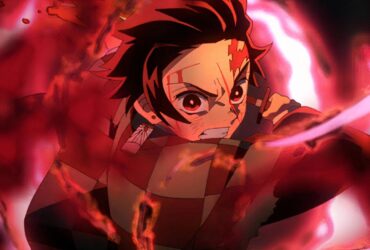
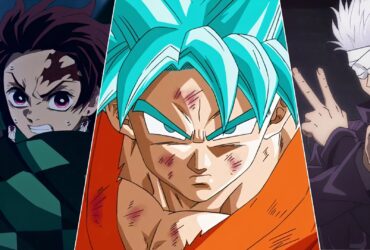
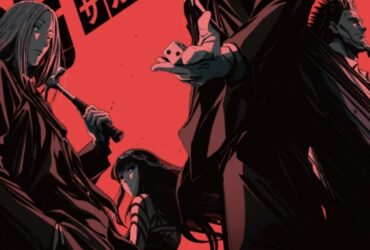
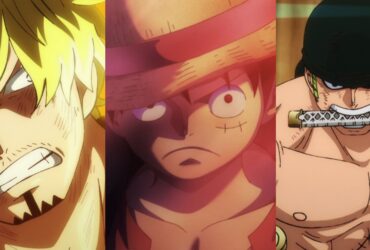
Leave a Reply